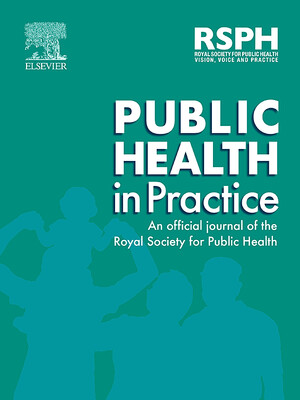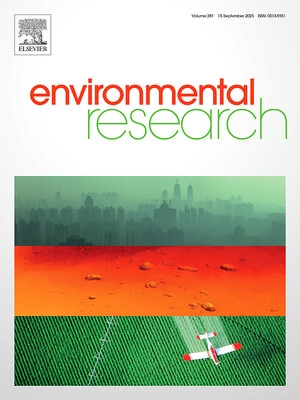
Prevalence and risk factors associated with Campylobacter infection in diarrheal patients in Busia County, Kenya
Abstract
Introduction: Campylobacter are zoonotic bacteria that cause gastroenteritis worldwide with the species, Campylobacter jejuni and Campylobacter coli commonly associated with human diarrhea. Transmission is mainly through direct contact with farm animals, consumption of chicken and contaminated water. There is paucity of data on the epidemiology of Campylobacter in developing countries despite its global widespread and expansion of poultry farming; hence there is the need to explore and build on the available data. This study aimed at determining prevalence and homestead risk practices associated with Campylobacter infection in diarrheal patients in Busia County. Methods: A cross-sectional study was conducted from February, 2017 to April, 2019. Stool samples were collected from patients of all ages attending Busia County referral Hospital and structured questionnaires on homestead associated risk practices administered. Isolation and identification of Campylobacter species was performed using standard culture method on Modified Charcoal Cefoperazone Deoxycholate medium and confirmed by mPCR. Factors associated with Campylobacter infection were evaluated using logistic regression analysis. Results: A total of 132 (11.6%) Campylobacter comprising 89.2% C. jejuni and 10.8% C. coli were isolated from 1200 diarrhoegenic patients sampled. Isolation rate was higher in children aged < 2 years (13.7%) as compared to 2 - 5 years (10.2%) and >5 years (9.4%). Multilevel logistic models showed that homestead poultry farming was a significant risk associated with Campylobacter infection in <2 years [odds ratio (OR) 9.02; 95% CI: 3.19 - 25.47, P < 0.001], 2 - 5 years (OR 6.47, 95% CI: 2.71 - 15.45, P < 0.001) and >5 years (OR 10.05; 95% CI: 2.60 - 24.29, P < 0.001). Other homestead risk practices linked to children < 2 years were drinking of pond water (OR 7.43, 95% CI: 1.70 - 16.33, P < 0.001), repeated use of same food cutting board without soap wash by food handlers during food preparation (OR 3.32, 95% CI: 1.28 - 8.62, P = 0.014) and female gender (OR 6.68, 95% CI: 2.51 - 17.75, P < 0.001). However, use of toilet (OR 0.08, 95% CI: 0.02 - 0.27, P < 0.001) and breast feeding practices (OR 0.24, 95% CI: 0.11 - 0.52, P < 0.001) were protective. Patients aged 2 - 5 years who had contact with domestic pets (OR 5.72, 95% CI: 1.21 - 10.04, P = 0.016), fed on chicken meat (OR 2.83, 95% CI: 1.32 - 6.04, P = 0.007), drunk untreated pond water (OR 6.51, 95% CI: 1.57 - 13.59, P = 0.001) and female gender (OR 8.25, 95% CI: 3.43 - 19.81, P < 0.001) were at risk of Campylobacter infection while those who lived in urban areas (OR 0.47, 95% CI: 0.20 - 0.82, P = 0.041) were protected. Contact with infected diarrheal person from the same household (OR 4.72, 95% CI: 2.10 - 10.52, P = 0.006) and consumption of raw milk (OR 7.14, 95% CI: 1.96 - 18.24, P = 0.001) posed risk among those aged > 5 years respectively. Conclusion: Campylobacter jejuni is the leading cause of Campylobacter infections in diarrheal patients. Personal hygiene awareness of mothers/caregivers and proper animal husbandry especially where livestock-human interaction is common are important practices which require the County government support. Further studies are required on sex specific age difference, other social economic factors, domestic animals and the role played by the environment in the transmission of Campylobacter infection. These would advance knowledge and understanding on source attribution and transmission dynamics for effective control and management of the infection.
Citation
Ouko, T.T., Nyerere, A.K., Njeru, J.M., Fèvre, E.M. and Kariuki, S. 2021. Prevalence and risk factors associated with Campylobacter infection in diarrheal patients in Busia County, Kenya. Advances in Microbiology 11(11): 657–680.









